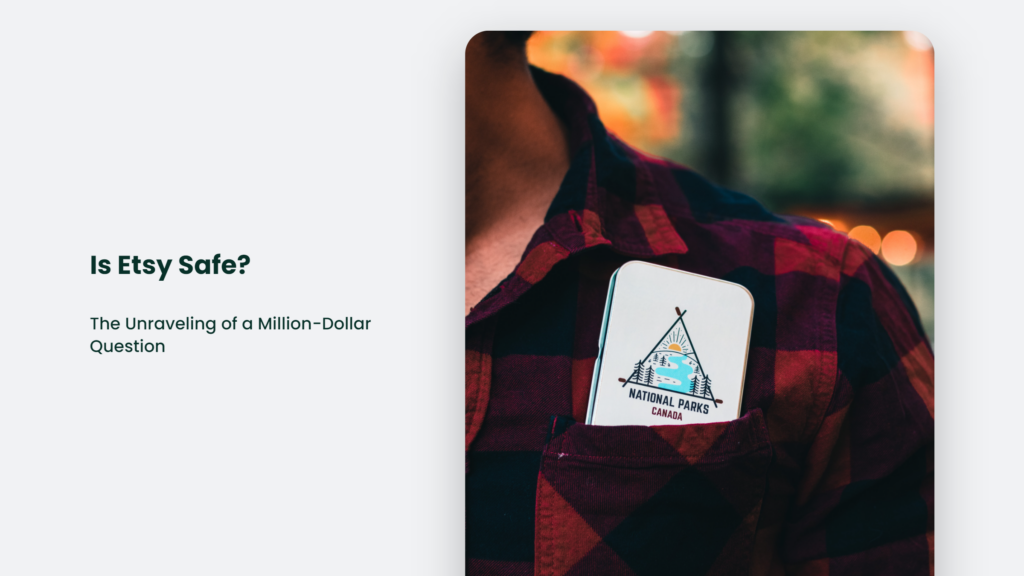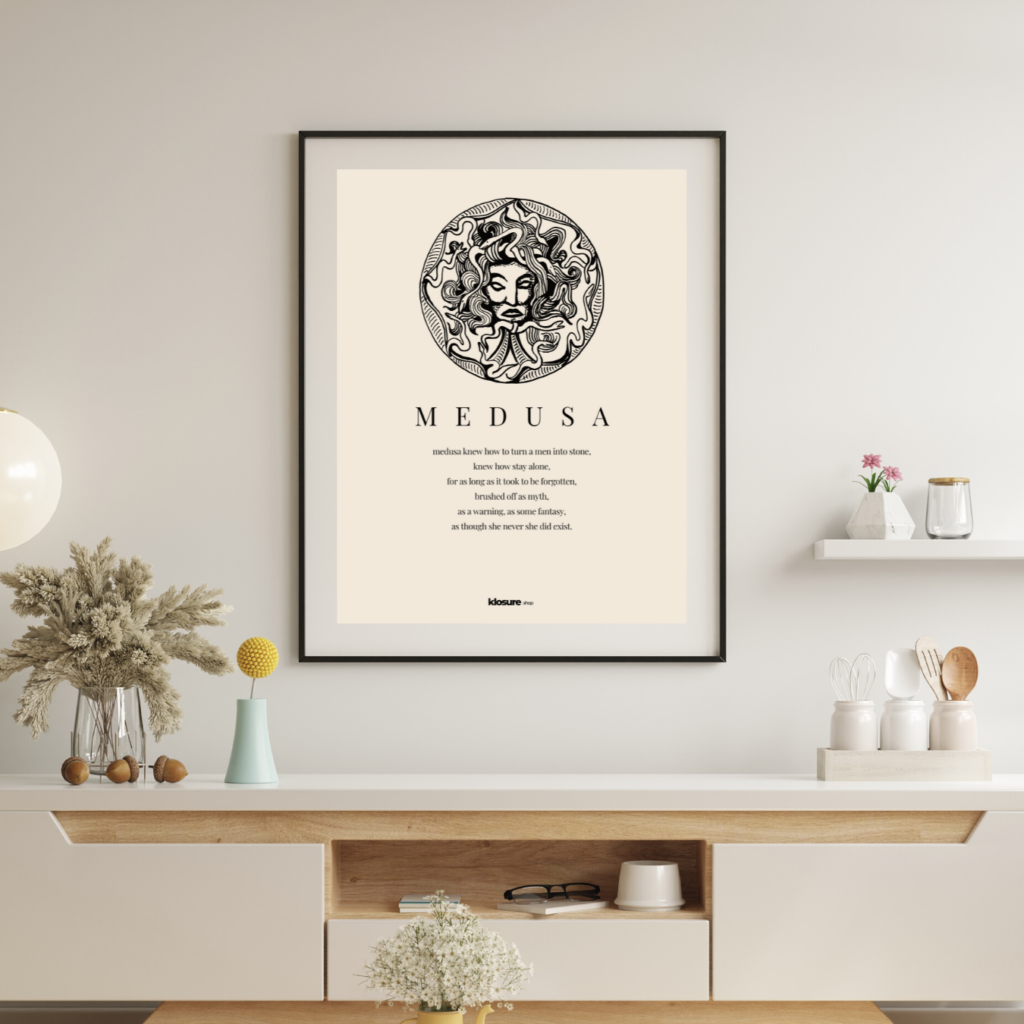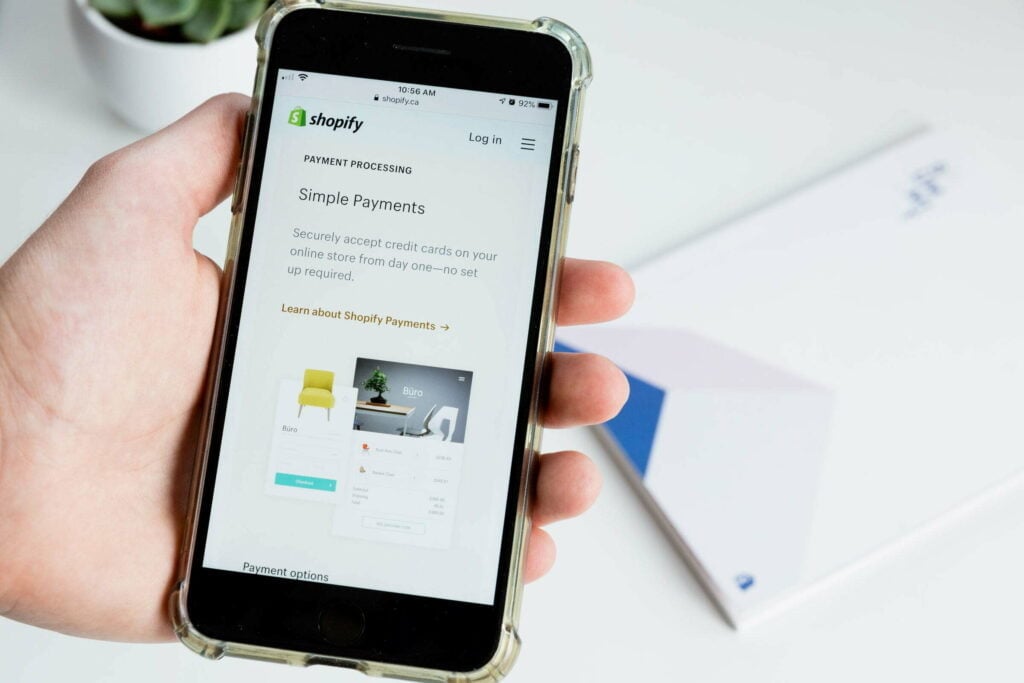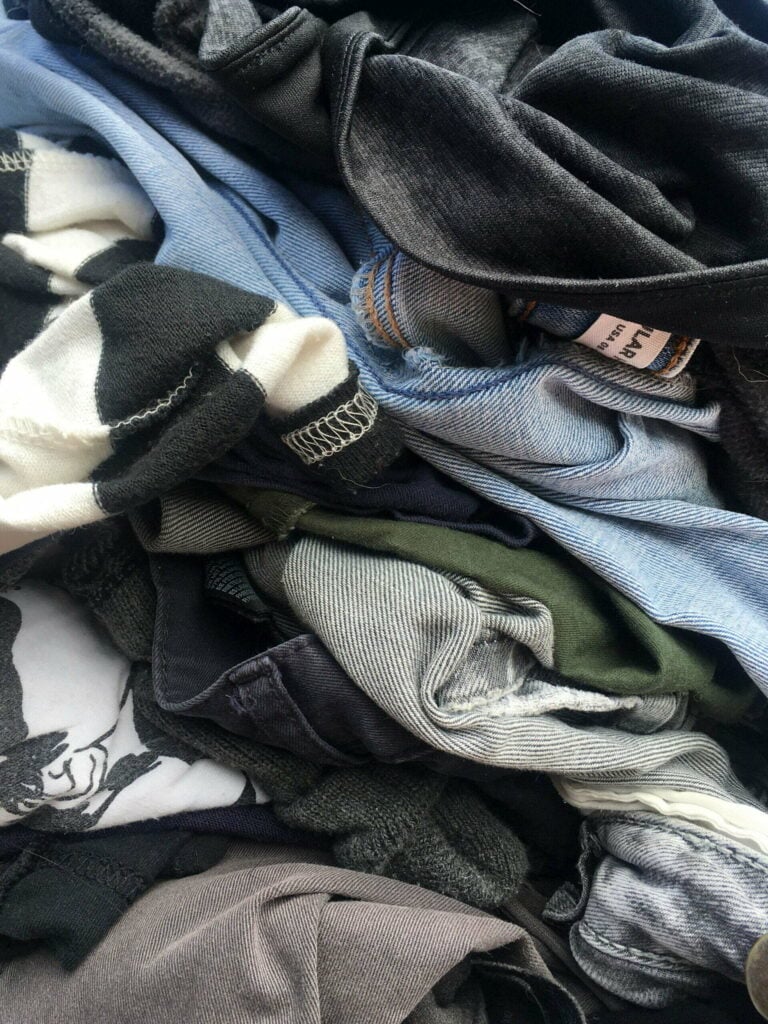Listen up, folks. We’re about to dive headfirst into a conversation that’s been echoing through the digital corridors for a while now. “Is Etsy safe?” That’s the million-dollar question.
And I’m not just throwing that figure around for dramatic effect; Etsy‘s annual sales reached a whopping 1.7 billion dollars in 2020. So, you could say that’s a 1.7 billion-dollar question. But who’s counting, right?

Is Etsy Safe? The Barebones Truth
First, let’s establish something. Etsy is not some dark, shady alleyway in the digital world where illicit deals go down. It’s a vibrant marketplace that’s more akin to a bustling bazaar.
There’s a lot of eye-catching stuff, from handcrafted jewellery to vintage furniture and a few items that make you wonder, “Who the hell buys this?” But that’s the beauty of it; there’s something for everyone.
But I can hear you asking, “Is all that glitters gold?” Well, in Etsy’s case, sometimes it’s fool’s gold. However, that doesn’t mean you should dismiss the platform entirely.
According to the Better Business Bureau (BBB), Etsy has an A+ rating. That’s like getting a gold star in safety and reliability. But does that mean there are no rotten apples in the etsy seller basket? Of course not.
Let’s consider some statistics:
- Etsy had over 7.47 million active sellers in 2022.
- Out of these, only a handful have been flagged for fraudulent activity.
- The company has a dedicated security team that tackles any reported scams or fraudulent activities.
In the words of Mark Twain, “Figures often beguile me,” but these numbers paint a pretty clear picture: Etsy as a small business is mostly safe. But it does have its share of quirks and anomalies.
The Yin and Yang of Etsy Safety
Like the ancient Chinese concept of Yin and Yang, Etsy’s safety can be perceived as a complex interplay of complementary forces. Let’s delve a bit deeper into this.
On one side of the coin, the yin, you have Etsy: a diligent safety steward, a vigilant sentinel at the marketplace gates. Etsy’s safety measures are as robust and sturdy as a medieval fortress. Let’s take a moment to admire these ramparts.
Firstly, there’s the dispute resolution process. Like a seasoned diplomat, Etsy mediates between buyers and sellers, striving to resolve disagreements fairly and equitably. If a buyer feels wronged, they can file a case with Etsy, which will investigate the matter. This process ensures that your voice is heard and your interests are protected.
Next, we have secure payment systems. Picture a treasure vault, its doors sealed with an intricate combination of ciphers. That’s how secure your transactions are on Etsy. The platform uses state-of-the-art encryption technology to protect your financial information, providing a secure conduit for your money to reach the next etsy seller’s shop.
Finally, there are strict seller policies. Like a stern yet fair schoolmaster, Etsy holds its sellers to high standards. Sellers must adhere to Etsy’s product quality, delivery, and customer service guidelines. Those who fail to comply with seller’s reviews risk having their shops suspended or shut down.
That’s the yin. But then we move to the yang, the shadow side of this equation.
With millions of items listed on the platform, monitoring everyone is a Herculean task. It’s like trying to count every grain of sand on a beach. And while Etsy’s guidelines are strict, not all sellers abide by them. It is where counterfeit items, inaccurate descriptions, and delivery issues creep in. It’s the thorn on the rose, the cloud in the sunny sky.
So, is Etsy safe? It’s like asking if a rose is still a rose despite its thorns. Yes, it does have thorns, but that doesn’t stop it from being a rose, does it? The same applies to Etsy. Despite its challenges, the platform remains a vibrant marketplace with unique products and creative sellers.
The key is to navigate this landscape cautiously, armed with the knowledge of Etsy’s yin and yang. Know that while Etsy provides robust safety measures, the responsibility also lies with you, the buyer, to exercise due diligence. Because safety isn’t just about stringent rules or security systems; it’s also about our choices.
Navigating the Etsy Labyrinth: Safety Tips for the Wise Buyer

Navigating Etsy can sometimes feel like exploring an elaborate maze filled with various vintage items, treasures, handmade goodies, and a Minotaur of dubious online dealings lurking in the shadows. But fear not, brave adventurers. You can safely navigate this labyrinth with a bit of wisdom and caution. Here are the weapons you need for this epic quest:
Check Seller Ratings and Reviews: The Compass of Truth
Etsy’s review system is a treasure trove of information. Imagine you’re an archaeologist sifting through layers of historical sediment. Each review is a relic, a testament to the seller’s past transactions. These reviews are your compass, guiding you away from shady dealings and steering you towards reliable sellers.
Delve into this realm of stars and comments with an eagle’s eye. Look out for red flags – consistent poor ratings, fake reviews, complaints about product quality, or delivery issues. On the flip side, a seller with glowing reviews and satisfied customers is like a shining beacon in the dark, beckoning you towards a safe transaction.
Remember, each review is a piece of the puzzle that answers the question, “Is this seller trustworthy?” Read them as eagerly as you would, the latest bestseller from your favourite author.
Use Secure Payment Methods: The Shield of Protection
When it comes to protecting your hard-earned dough, Etsy has your back. The marketplace recommends its own payment method, Etsy Payments. It’s a veritable Fort Knox of the digital world – minus the gold, the laser security system, and the intimidating guards. But you get the picture.
Etsy Payments offers a secure way to transact, safeguarding your sensitive information from prying eyes. This shield protects you etsy shop from the fiery arrows of fraud and scams. So, hold it high as you march through the Etsy marketplace.
Understand the Return Policy: The Map to Treasure…or Not
Ah, the return policy – the enigmatic scroll that holds the power to make or break a transaction. Each seller’s shop on Etsy has their own return policy, making each purchase a unique journey. It’s like a box of chocolates; you never know what you’re going to get.
Some sellers may offer full refunds, some only exchange, and others may have a firm ‘no return’ policy. Understanding these terms is crucial before you embark on your shopping adventure. Consider this policy your map.
It can lead you to treasure or, in a worst-case scenario, a dead end.
Don’t just skim through this map. Study it with the precision of a cartographer. Look out for the landmarks – restocking fees, return shipping costs, and time limits for returns. These details will determine whether your journey ends with a triumphant return to base or a disappointing detour.
To sum it up, navigating the Etsy labyrinth is not for the faint-hearted. It’s a thrilling quest filled with valuable treasures and potential pitfalls. But with these safety tips – your trusty compass, shield, and map – you’ll be well-equipped to traverse the maze and emerge victorious. Happy shopping, brave adventurer!
Frequently Asked Questions:
Is Etsy safe for credit cards?
As safe as any other major online marketplace, Etsy uses Transport Layer Security technology (TLS) to encrypt all credit card information sent to the site. The information is tokenized with Etsy’s credit card processors, and Etsy stores no sensitive credit card information, only tokens returned by the processors.
Does Etsy protect its buyers?
Etsy’s Purchase Protection program allows shoppers to shop confidently, knowing they’ll receive a full refund for qualifying orders when the item doesn’t arrive, arrives damaged, or differs significantly from the item description or photos.
Are there counterfeit products on Etsy?
Etsy’s Terms of Service state that sellers can’t sell counterfeit or mass-market items. However, some sellers do ignore these rules. If a seller is caught selling fake merchandise or representing their items as handmade when they’re not, their listings can be deactivated, or their shops can be shut down.
The Bottom Line: Is Etsy Safe or Not?
Like a roller coaster ride, the answer to “Is Etsy safe?” has its ups and downs. It’s not a straight, boring road but a ride filled with thrills, chills, and a few bumps. But isn’t that what makes the journey worth it?
Etsy is mostly safe. But like any other online marketplace, it has its share of quirks and anomalies. The trick is to arm yourself with knowledge and carefully navigate the labyrinth.
So, next time you spot that handcrafted, vintage lamp that would look perfect in your living room, don’t hesitate. Take a leap of faith. After all, isn’t life too short for regrets?
And hey, if it turns out to be a dud, remember, you can always use it as a conversation starter at your next dinner party. “Did I ever tell you about when I bought a lamp on Etsy that turned out to be a candle holder?” Laughter guaranteed. And isn’t that priceless?




